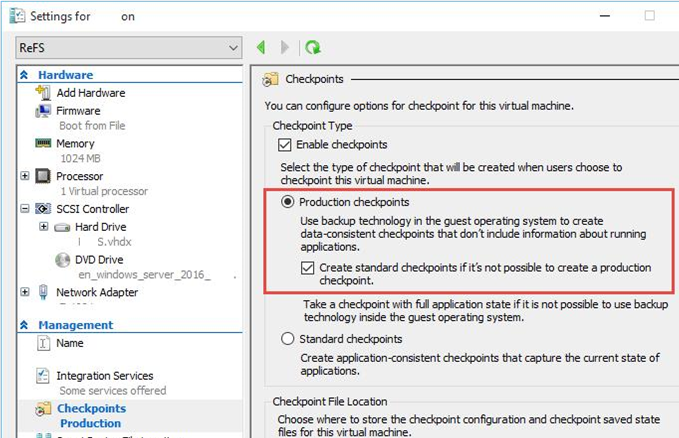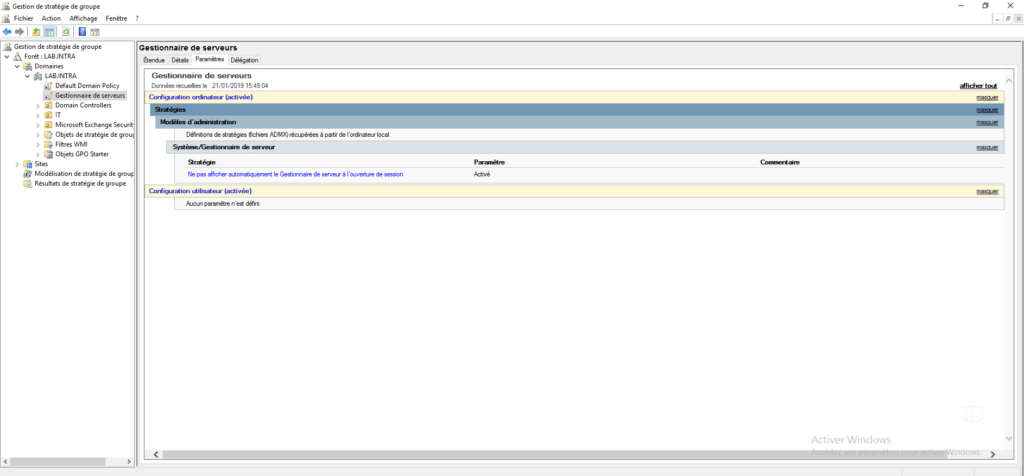
MVMC have to be installed on an machine that meets the following requirements: Windows Server 2008 R2 SP1, Windows Server 2012, Windows Server 2012 R2, Windows 8, Windows 8.1. MVMC is a Microsoft tool provided at free of charge But to be honest, Hyper-V 2012 R2 and VMM 2012 R2 were GA on October 2013, and MVMC 3.0 a year beyond that, so what Microsoft thought customers will do during this year (Converting the dirty way!!) Microsoft reacts to that and includes the P2V feature with the third release of MVMC, MVMC 3.0. This was a real mess for the community, unable to find a Microsoft clean way to convert physical machines to Hyper-V. We all know that with the release of System Center 2012 R2, the P2V feature in VMM was removed. MVMC 2.0 also added native powershell support for more efficient automation and scripting experience. MVMC 2.0 was released in April 2014 and brought new features like the support for vCenter and ESX(i) 5.5, the support of more VMware virtual hardware versions (4 to 10), the support of converting Linux based virtual machines and the possibility of converting/migrating the VMware VMs to Azure.

It provided a CLI interface for scripting conversion.


We also seen that this option is not convenient for every scenario, and we saw the mandatory dependency on VMM and other requirements.įortunately, Microsoft provides another tool permitting not only converting VMware virtual machines but also physical machines. We have seen in the previous posts the first common way to migrate and convert Virtual Machines from VMware to Hyper-V using SCVMM (You can check it HERE ).

Welcome again in this third post of my blog series The way to migrate to Hyper-V / Azure.


 0 kommentar(er)
0 kommentar(er)
